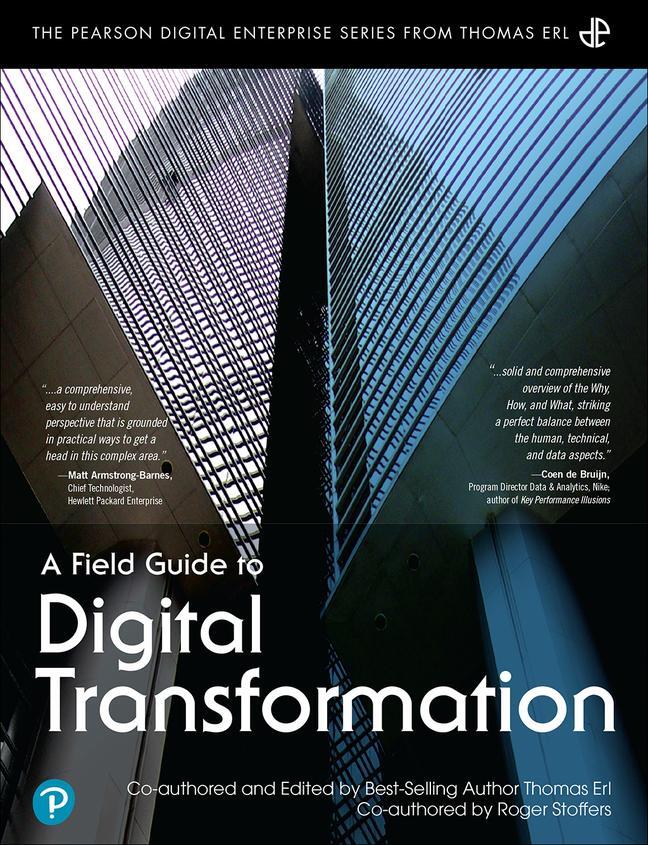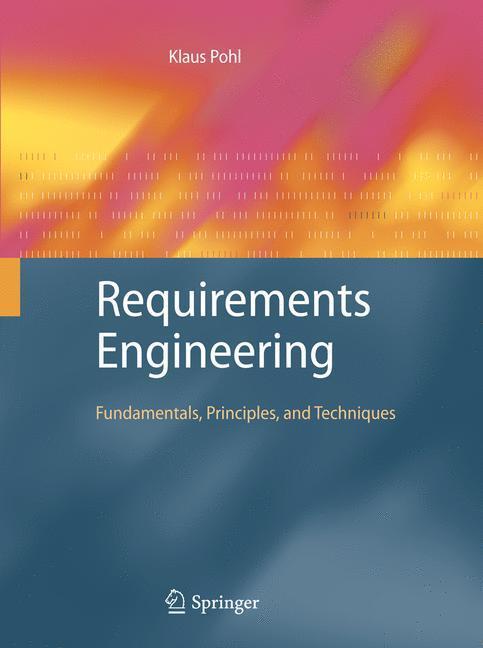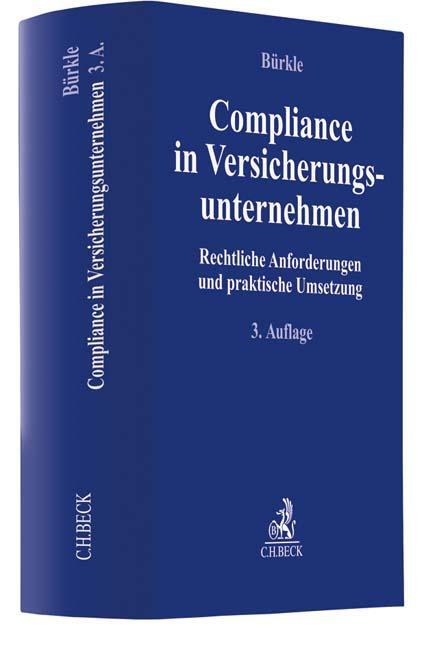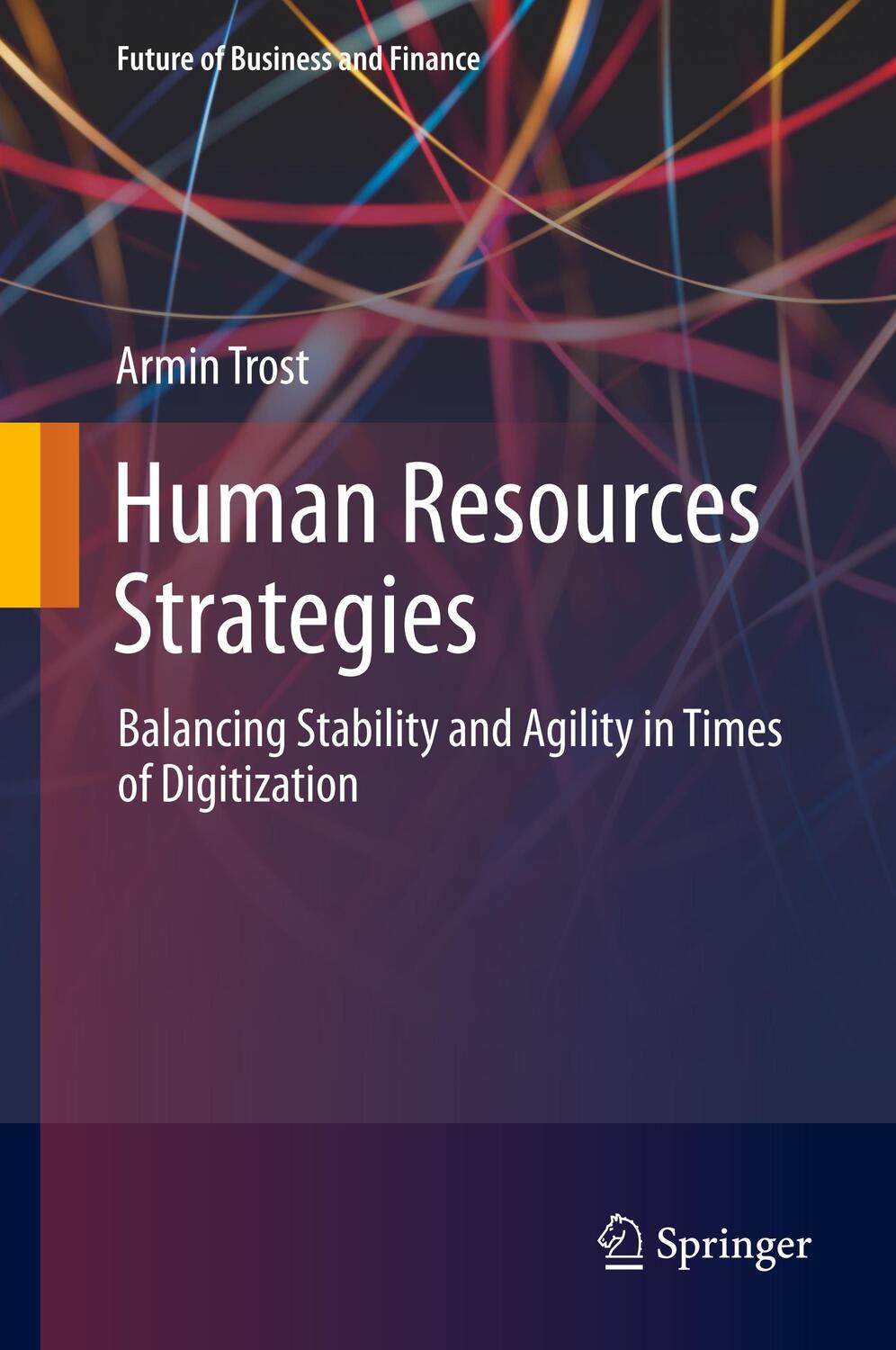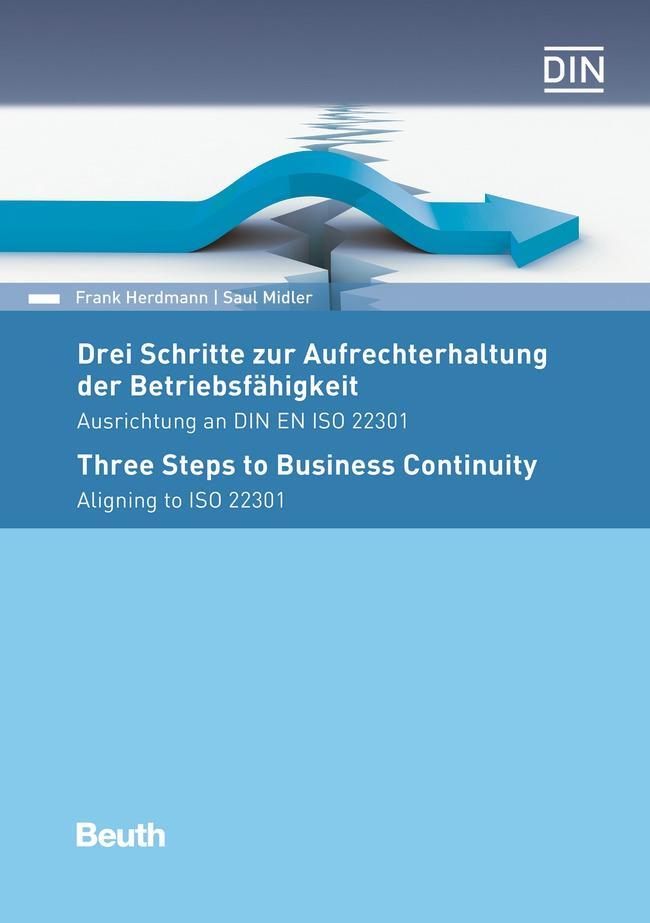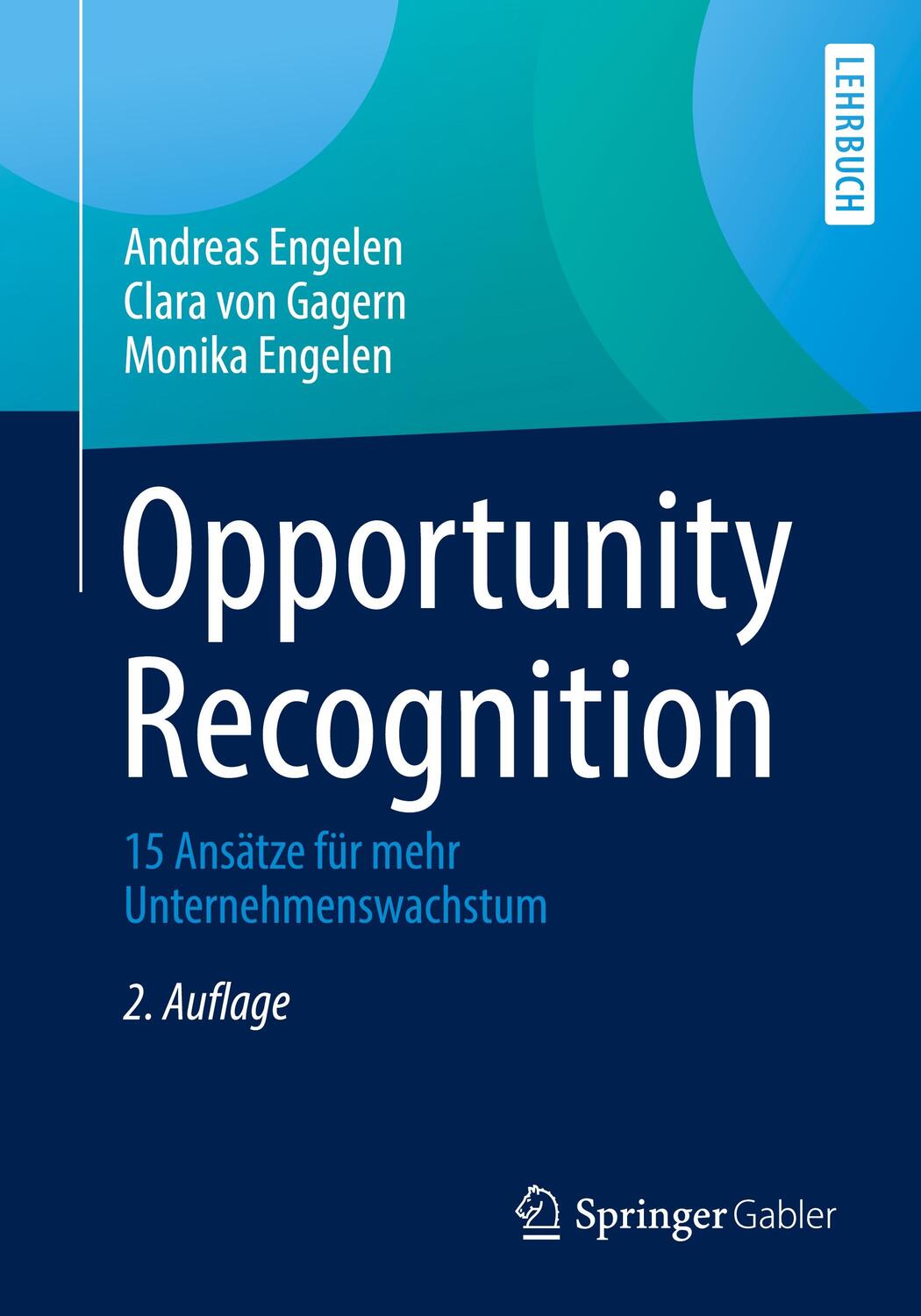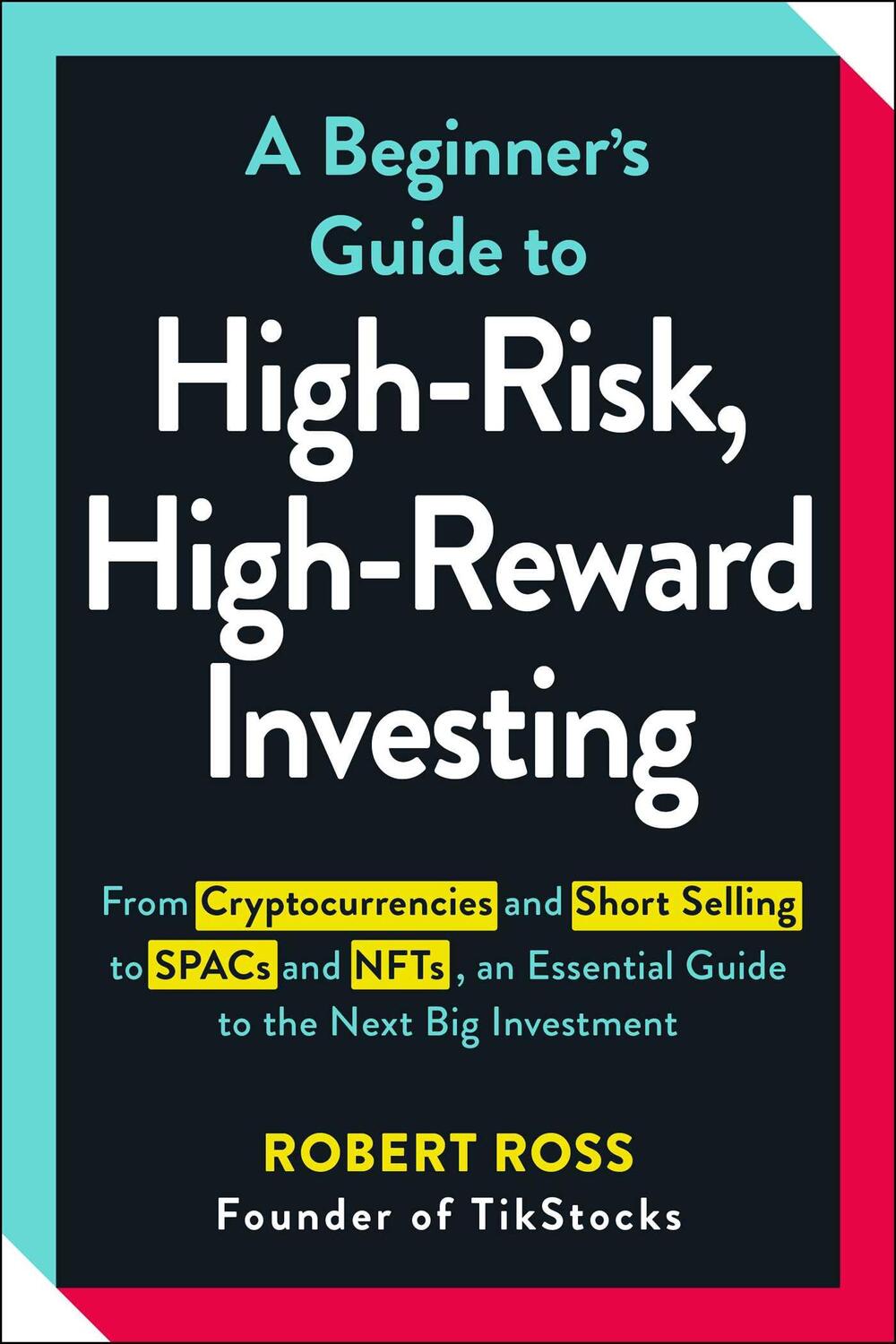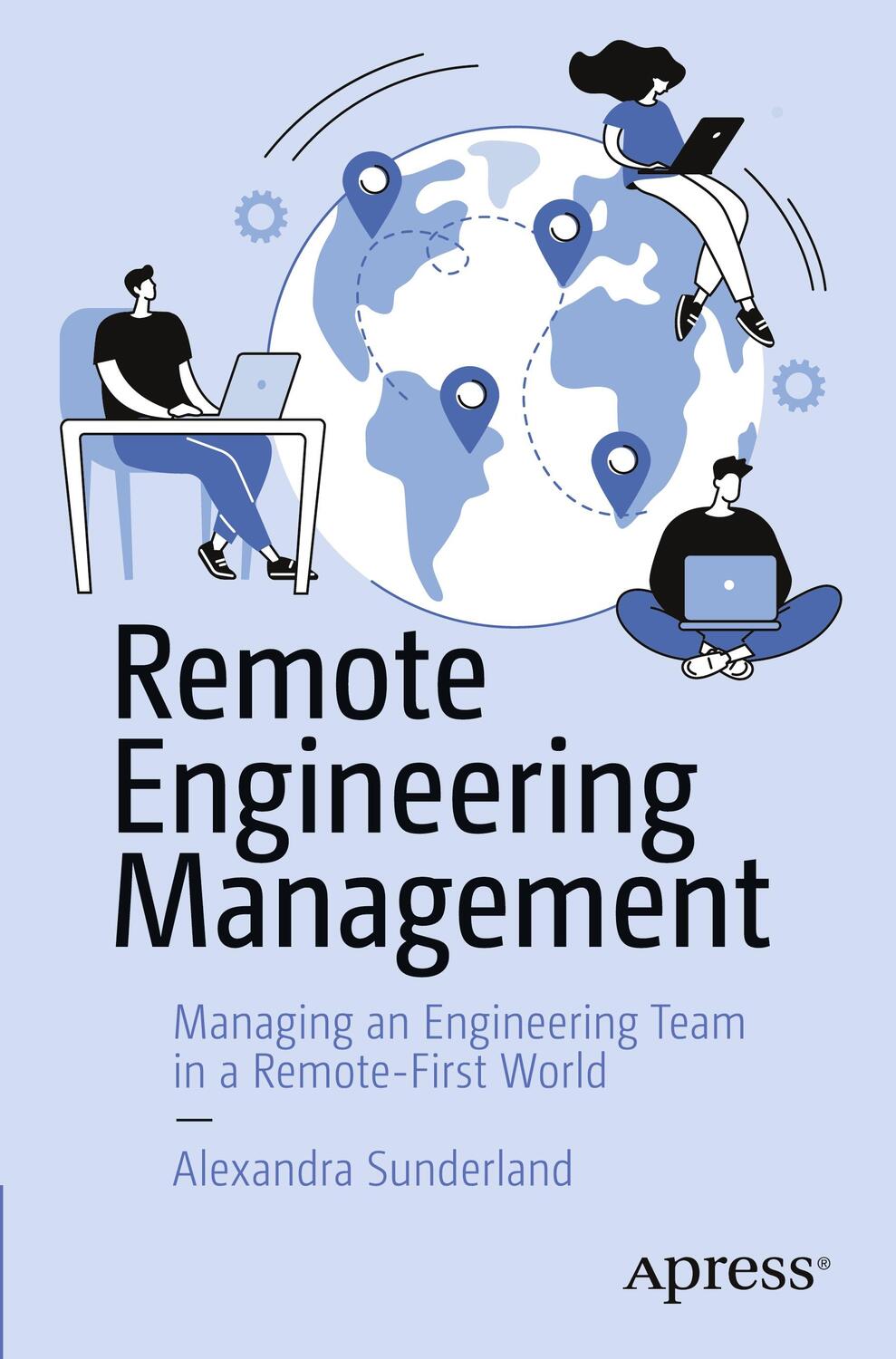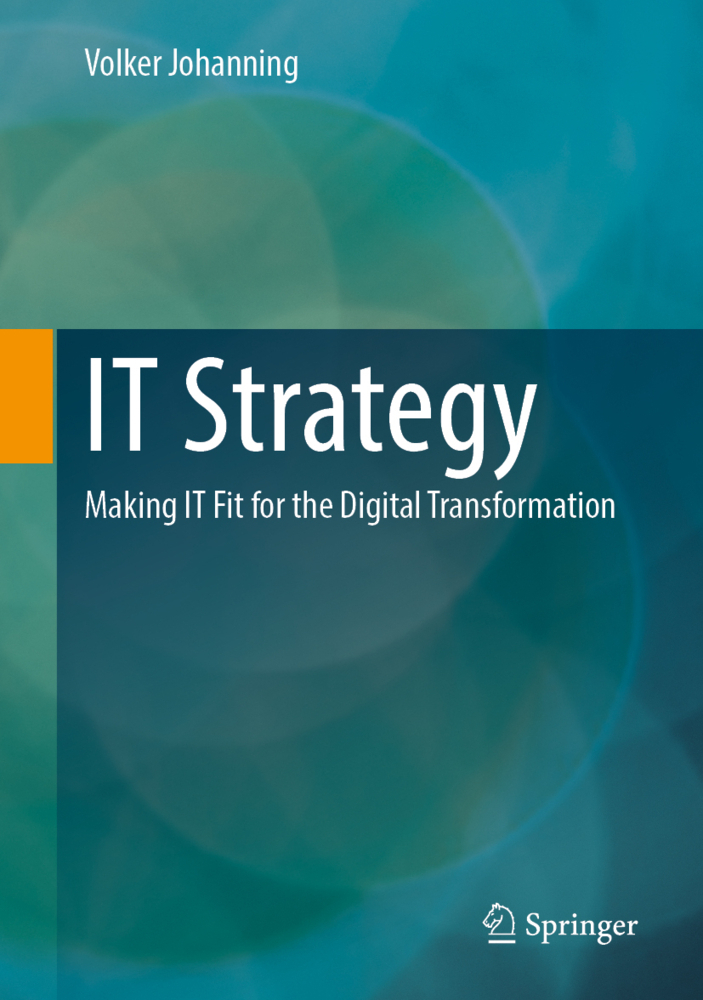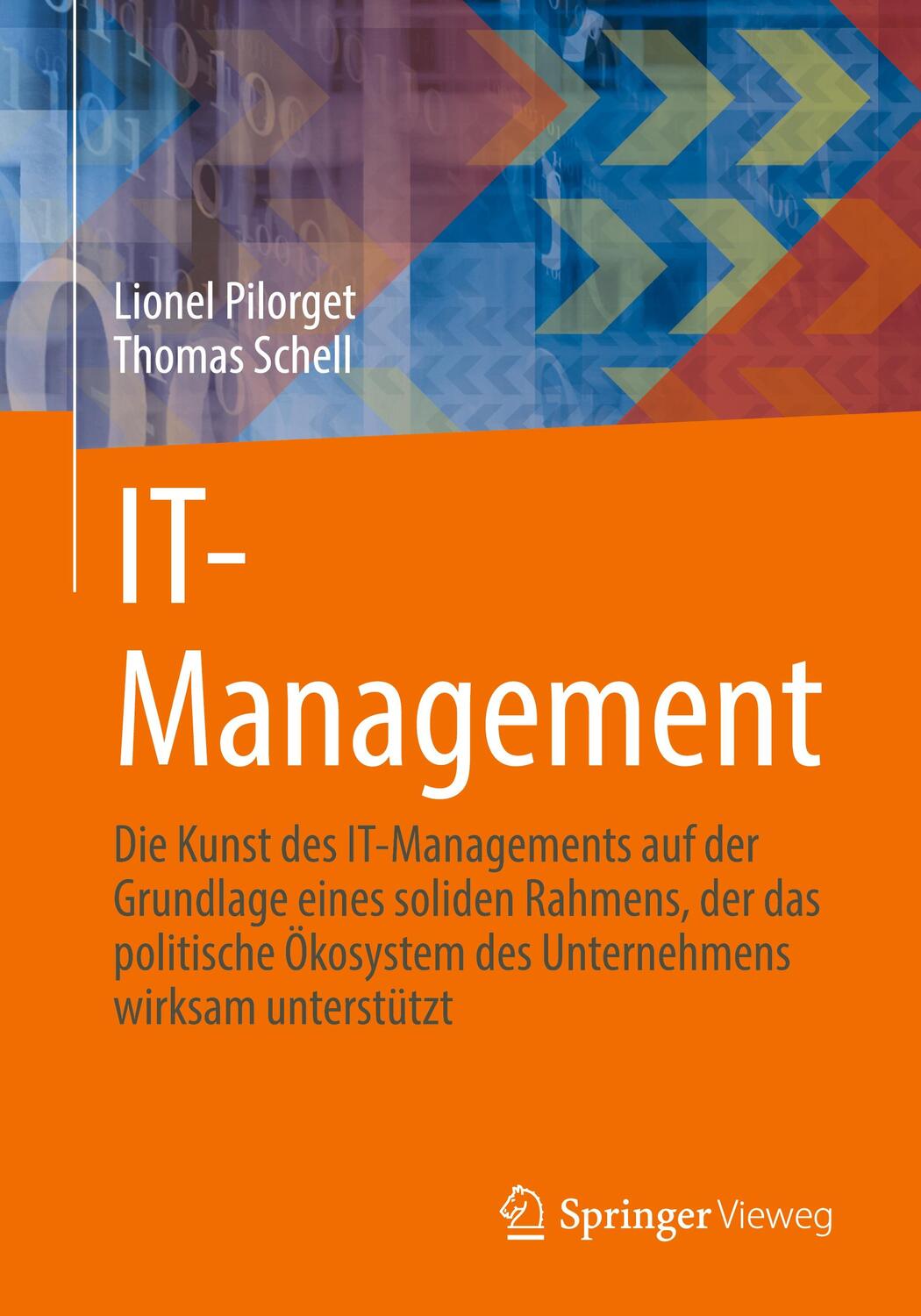29,00 €*
Versandkostenfrei per Post / DHL
Aktuell nicht verfügbar
A Field Guide to Digital Transformation is a complete tutorial on digital transformation concepts, tools, technologies and practices, organized into a proven industry framework for adoption. Best-selling IT author Thomas Erl and long-time practitioner Amin Naserour offer end-to-end coverage of the full project lifecycle, walking readers through planning, defining, designing, building, and governing digital transformation solutions. The authors highlight common risks, pitfalls, and adoption considerations, sharing practical insights into the organizational, cultural, technological, and operational impacts associated with digital transformation initiatives.
Uniquely detailed and practical, this guide reflects the authors' deep experience driving value from digital transformation using technologies available right now.
A Field Guide to Digital Transformation is a complete tutorial on digital transformation concepts, tools, technologies and practices, organized into a proven industry framework for adoption. Best-selling IT author Thomas Erl and long-time practitioner Amin Naserour offer end-to-end coverage of the full project lifecycle, walking readers through planning, defining, designing, building, and governing digital transformation solutions. The authors highlight common risks, pitfalls, and adoption considerations, sharing practical insights into the organizational, cultural, technological, and operational impacts associated with digital transformation initiatives.
Uniquely detailed and practical, this guide reflects the authors' deep experience driving value from digital transformation using technologies available right now.
Thomas Erl is a best-selling IT author who has authored and co-authored 15 books published by Prentice Hall and Pearson Education and dedicated to topics focused on contemporary information technology and practices. These titles were delivered for the Pearson Digital Enterprise Series from Thomas Erl (formerly the Prentice Hall Service Technology Series from Thomas Erl) for which Thomas also acts as series editor.
As founder and president of Arcitura Education ([...] Thomas also leads the development of curricula for internationally recognized, vendor-neutral training and accreditation programs. Arcitura's portfolio currently consists of over 100 courses, over 90 Pearson VUE exams, and over 40 certification tracks, covering topics such as Digital Transformation, Robotic Process Automation (RPA), DevOps, Blockchain, IoT, Containerization, Machine Learning, Artificial Intelligence (AI), Cybersecurity, Service-Oriented Architecture (SOA), Cloud Computing and Big Data Analytics.
Roger Stoffers is a TOGAF-certified Enterprise Architect passionate about Digital Transformation and Integration. Roger has worked for (and with) organizations in Telecommunication, Government and Finance industries, building 25 years of experience in multinational organizations. He has served as principal and lead Enterprise Domain Architect for digital business transformation initiatives, with strong focus for customer relationships and sustainable organizational agility in distributed environments.
Presently Roger works as Enterprise Architect for de Volksbank, fostering Customer Centricity and the organization's Sustainability & Social Responsibility goals with Data-Driven Customer Engagement and Decisioning. Independently, Roger is a worldwide consulting architect for digital transformation and integration, and a senior trainer for (enterprise) architecture topics and contemporary vendor-neutral technology and next-generation IT topics. He is a speaker at conferences about Digital Transformation, SOA and Microservices and Enterprise Architecture. He is a contributor for the Service-Oriented Architecture: Analysis and Design for Service and Microservices book from the Pearson Digital Enterprise Series from Thomas Erl.
| Erscheinungsjahr: | 2022 |
|---|---|
| Fachbereich: | Management |
| Genre: | Wirtschaft |
| Rubrik: | Recht & Wirtschaft |
| Medium: | Taschenbuch |
| Seiten: | 288 |
| ISBN-13: | 9780137571840 |
| ISBN-10: | 0137571844 |
| Einband: | Kartoniert / Broschiert |
| Autor: |
Stoffers, Roger
Erl, Thomas |
| Hersteller: | Pearson Education (US) |
| Maße: | 231 x 176 x 15 mm |
| Von/Mit: | Roger Stoffers (u. a.) |
| Erscheinungsdatum: | 13.01.2022 |
| Gewicht: | 0,552 kg |
Thomas Erl is a best-selling IT author who has authored and co-authored 15 books published by Prentice Hall and Pearson Education and dedicated to topics focused on contemporary information technology and practices. These titles were delivered for the Pearson Digital Enterprise Series from Thomas Erl (formerly the Prentice Hall Service Technology Series from Thomas Erl) for which Thomas also acts as series editor.
As founder and president of Arcitura Education ([...] Thomas also leads the development of curricula for internationally recognized, vendor-neutral training and accreditation programs. Arcitura's portfolio currently consists of over 100 courses, over 90 Pearson VUE exams, and over 40 certification tracks, covering topics such as Digital Transformation, Robotic Process Automation (RPA), DevOps, Blockchain, IoT, Containerization, Machine Learning, Artificial Intelligence (AI), Cybersecurity, Service-Oriented Architecture (SOA), Cloud Computing and Big Data Analytics.
Roger Stoffers is a TOGAF-certified Enterprise Architect passionate about Digital Transformation and Integration. Roger has worked for (and with) organizations in Telecommunication, Government and Finance industries, building 25 years of experience in multinational organizations. He has served as principal and lead Enterprise Domain Architect for digital business transformation initiatives, with strong focus for customer relationships and sustainable organizational agility in distributed environments.
Presently Roger works as Enterprise Architect for de Volksbank, fostering Customer Centricity and the organization's Sustainability & Social Responsibility goals with Data-Driven Customer Engagement and Decisioning. Independently, Roger is a worldwide consulting architect for digital transformation and integration, and a senior trainer for (enterprise) architecture topics and contemporary vendor-neutral technology and next-generation IT topics. He is a speaker at conferences about Digital Transformation, SOA and Microservices and Enterprise Architecture. He is a contributor for the Service-Oriented Architecture: Analysis and Design for Service and Microservices book from the Pearson Digital Enterprise Series from Thomas Erl.
| Erscheinungsjahr: | 2022 |
|---|---|
| Fachbereich: | Management |
| Genre: | Wirtschaft |
| Rubrik: | Recht & Wirtschaft |
| Medium: | Taschenbuch |
| Seiten: | 288 |
| ISBN-13: | 9780137571840 |
| ISBN-10: | 0137571844 |
| Einband: | Kartoniert / Broschiert |
| Autor: |
Stoffers, Roger
Erl, Thomas |
| Hersteller: | Pearson Education (US) |
| Maße: | 231 x 176 x 15 mm |
| Von/Mit: | Roger Stoffers (u. a.) |
| Erscheinungsdatum: | 13.01.2022 |
| Gewicht: | 0,552 kg |

